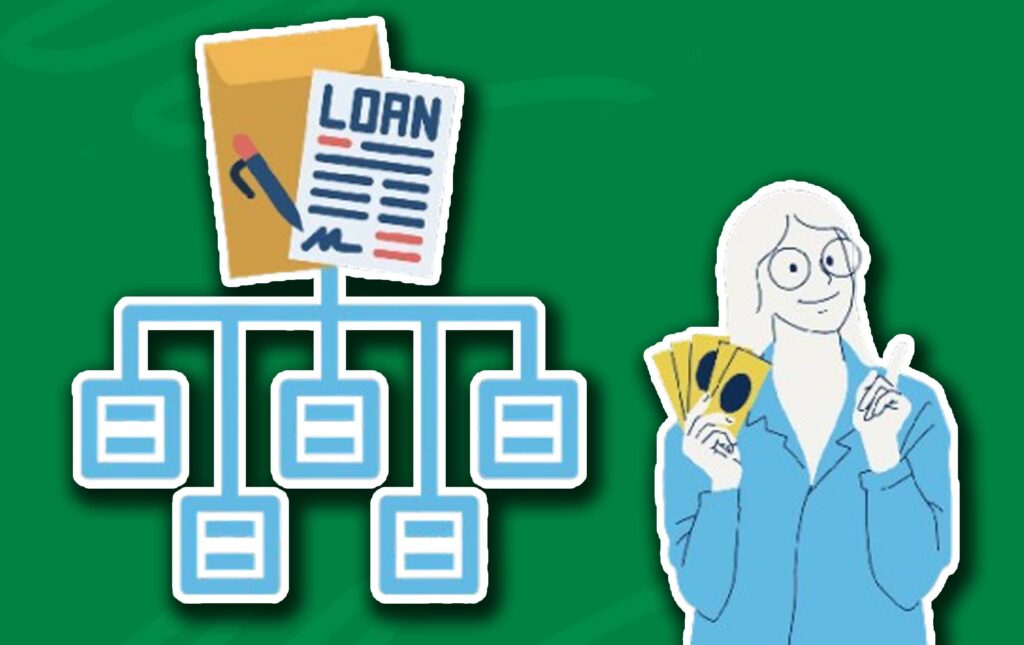A classified loan is a type of loan issued by banks or other lenders that has a chance of default. This loan has unpaid interest rates and principal outstanding but does not necessarily need to be past due. There is no need for borrowers to have a back payment for a classified loan. However, the loan needs to be substandard in some way or it will not be repaid for some reason.

When lenders create a portfolio of loans, they generally need to record every outstanding balance along with the borrower’s chances of repayment. Loans may be classified if lenders have on record loans that are in danger of default either due to past due or other issues. Classified loans are generally offered by banks. It is categorized as adverse classified assets by banks.
Generally, lenders do not conduct a credit check to determine the creditworthiness of a borrower along with the quality of the classified loan. Before getting a classified loan, you need to be aware of every piece of information about this type of loan along with how it works and how to get it.
How Does a Classified Loan Work?
Classified loans are loans considered by the lender to be in danger of default of interest and principal. Even though this is a risky type of loan, it isn’t always in liabilities; they are only in danger of default, meaning that they do not have to be past due. Most financial institutions generally do not keep classified loan records in their books.
These assets are defective because repayments are determined due to the borrower’s creditworthiness. Normally, banks categorize these loans as a safeguard in case they need to write them off as a loss. Some reasons why lenders will categorize a loan are:
- If bankruptcy is filed by a borrower.
- Death of the lender.
- Failure of loan payments for 90 days.
In some instances when a loan is classified, credits may not be issued to borrowers by the lender, or they may tighten their lending acts.
Types of Classified Loans
Any type of loan can be classified, no matter the type of loan taken, even if it’s an open-and-closed-ended consumer loan. Car loans, home loans, and credit card loans are some loans that can be classified if the lender has a reason to believe that the loan will not be repaid. However, classified loans have three different classifications. These classifications include:
Substandard:
This type of loan is not likely to be repaid, but they are not in default yet. This loan type is identified by the likelihood that some or total loss will be experienced by the bank if the loan is not repaid.
Doubtful:
This is similar to the substandard classified loans. It is a type of loan that receives its designation from the borrower’s ability to repay the loan in full.
Loss:
A loan with its designation will eventually not be repaid in the presence of the lender. In cases like this, the lender can charge them off. Charge-off means that the lender writes off the loan balance after attempts to collect it have failed. However, when a lender charges off a loan, the loan value will no longer be on the lender’s book.
Classified Loan Special Consideration
Most lenders take a credit check on borrowers to determine their creditworthiness and loan quality. A credit check concentrates on the entity’s ability of a borrower or a company to meet its debt duties. Generally, lenders will check the following to determine credit risks.
- Credit report.
- Capital.
- Collateral.
- Repayment capacity.
- Conditions and terms of the loan.
A credit check is a form of due diligence. This often relies on liquidity and solvency ratios. Liquidity weighs the ease with which a borrower or company meets its financial duties with its current available assets, while solvency weighs the ability of a borrower or company to pay back debts. A credit checker uses the following liquidity ratios to determine short-term liveliness.
- Cash ratio.
- Quick ratio.
- Current ratio.
Aside from the possibility that you may have your credit restricted in the future, borrowers who have classified loans have nothing to worry about. Having a classified loan marked by the lender does not directly impact a borrower’s credit report. This means that a classified loan will not be visible on your credit history. However, it will show if ever you do not repay or you default on the loan.



